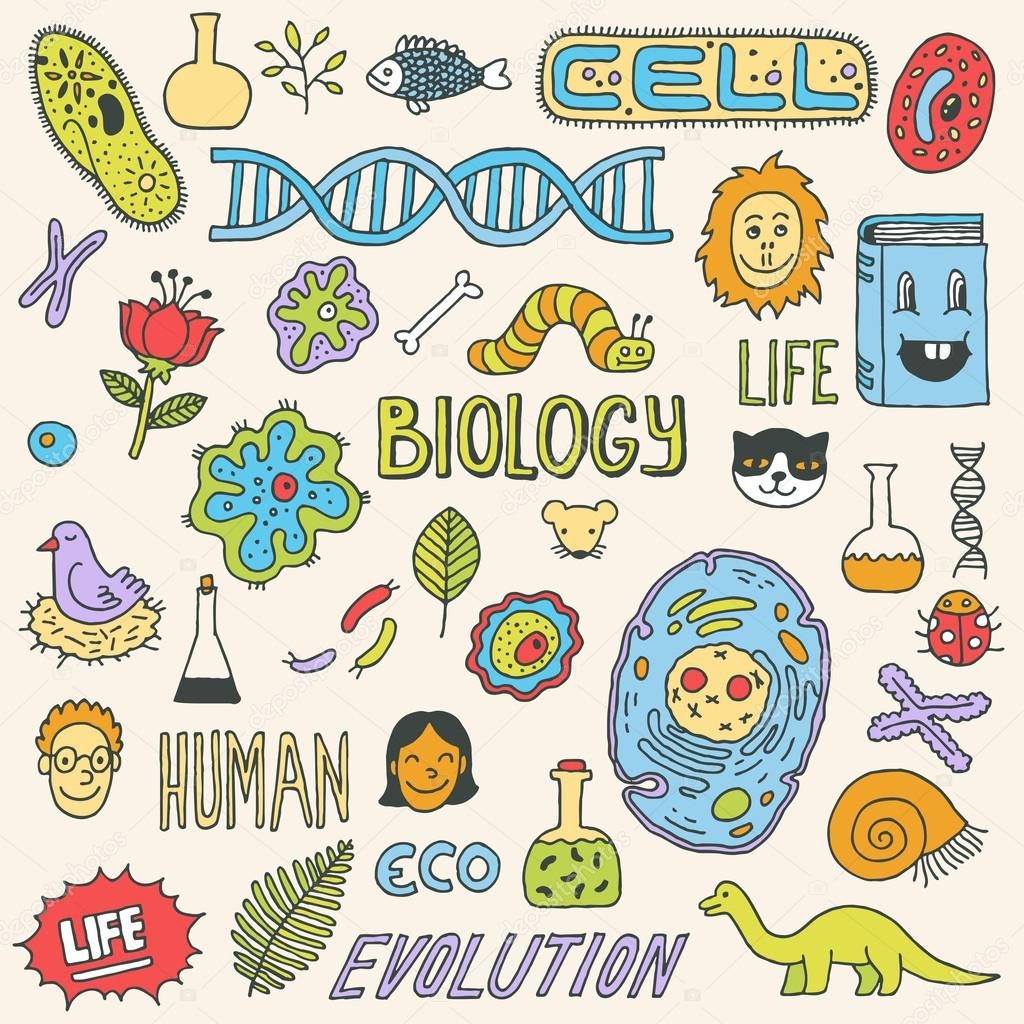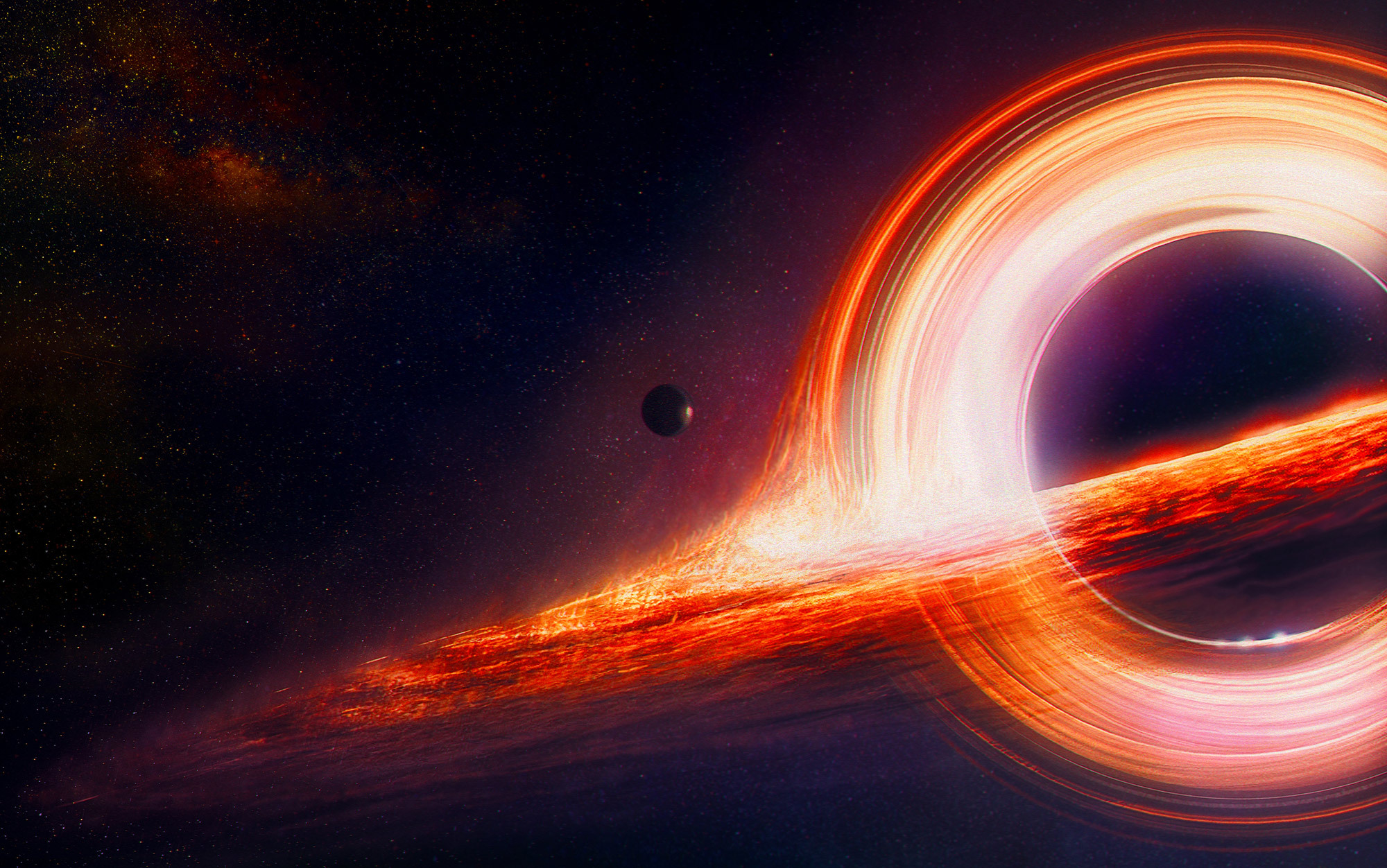By Artem Filatov, year 12
Chalkboards were first invented in 1801, with their popularity rising exponentially. Chalkboards, or blackboards, were primarily used for educational purposes, but can nowadays be seen everywhere, like outside of a local coffee shop, advertising daily deals. Whiteboards came to be in the late 50s, almost 150 years later. While it is unclear why whiteboards were invented, they did solve a couple issues that blackboards had – that soul tearing noise that you get when pressing too hard on the chalk was gone, a wider range of brighter colors was available, alongside a more modern look.
While it looks like whiteboards are a clear upgrade to chalkboards, a lot of teachers, and especially professors, prefer using chalkboards for various practical and psychological reasons reasons:
Firstly, whiteboards commonly come with a display for presentations, whereas chalkboards don’t. When giving a lecture using a chalkboard, without the possibility of giving a powerpoint presentation simultaneously, it forces teachers to go slow, writing out every key concept on the board, ensuring that most students don’t get left behind from going too fast. While presentations can be useful, as they can include things that are hard to write, like pictures for visual representations, or complex shapes / diagrams, there are various tools for boards to facilitate the process of drawing complex things, the majority of which are just enlarged versions of school supplies (like a protractor or a compass).
Secondly, teachers are more confident in chalkboards than in whiteboards. When you pick up a marker, there’s a good chance it’s not going to write, will write poorly, or run out midway. This is not a problem with chalkboards – when you pick up a piece of chalk, you’re sure that it will write, as long as the piece is big enough to grip it firmly. I’m sure that everyone has experienced having a dead marker by the board, tried to use it, only to replace it with another one a few moments later. With chalkboards, you always know how much chalk is left.
Also, whiteboards can get hard to clean. If you let the ink stay on the whiteboard for too long, it will dry on the board completely, and will be problematic to remove without cleaning spray. In some cases, the ink might not even fully erase, and leave some traces of past equations or diagrams. Chalkboards do not have that problem, and can be easily erased using a simple towel and some water. Chalkboards won’t form traces of previous chalk, even after 20-30 years of use, unlike whiteboards.
Last, and perhaps the most unusual reason why some teachers and professors prefer chalkboards over whiteboards, is its significance in particular fields. This applies to mathematics, and maybe even to physics – many mathematicians prefer using chalk, as it really provides an insight into the thinking process of the mathematician, unlike slides, for instance. Also, many professors say that it feels way better to write with good quality chalk, and gives them a sense of confidence and energy.
In conclusion, despite whiteboards being a lot more “modern” than chalkboards, they do not solve all of the problems teachers face with chalkboards, and introduce some of their own problems as well. Just like with any other thing in life, sometimes the “old” way is more convenient for some people, and sticks with them like a habit.



